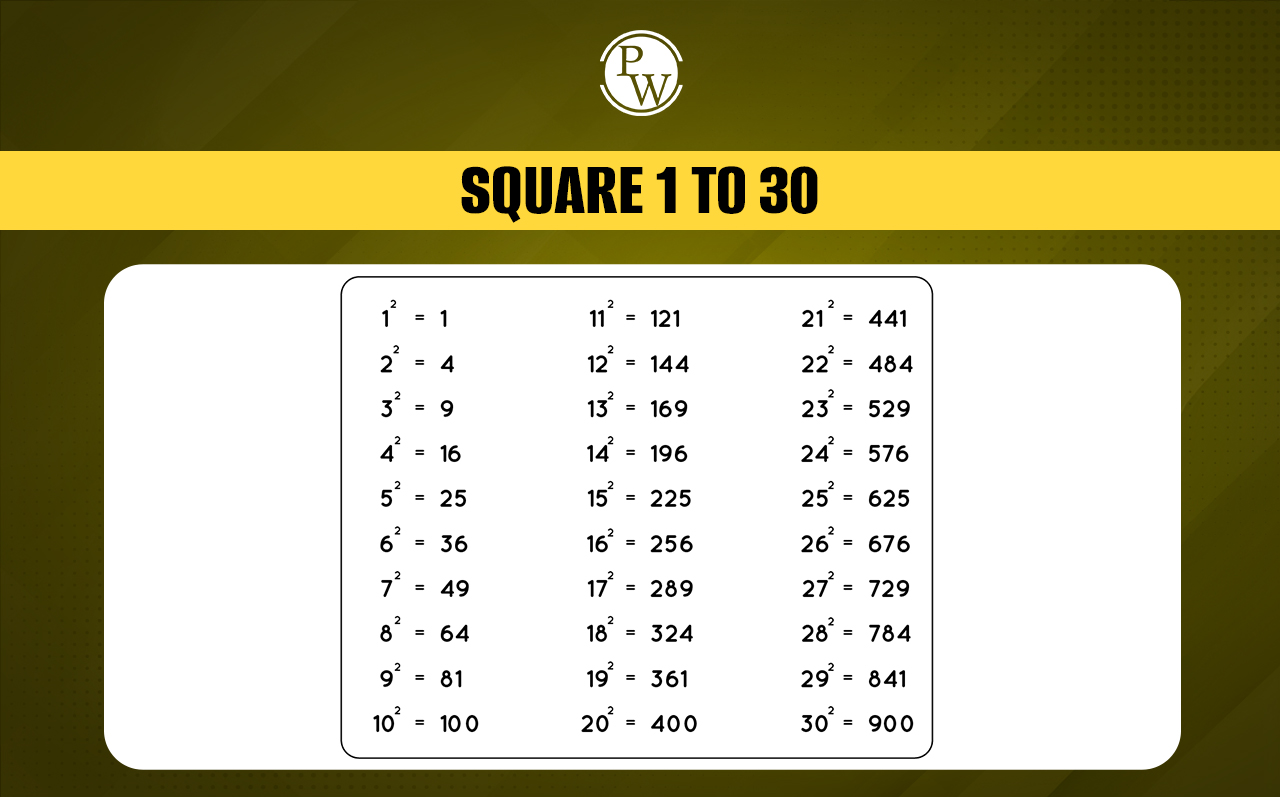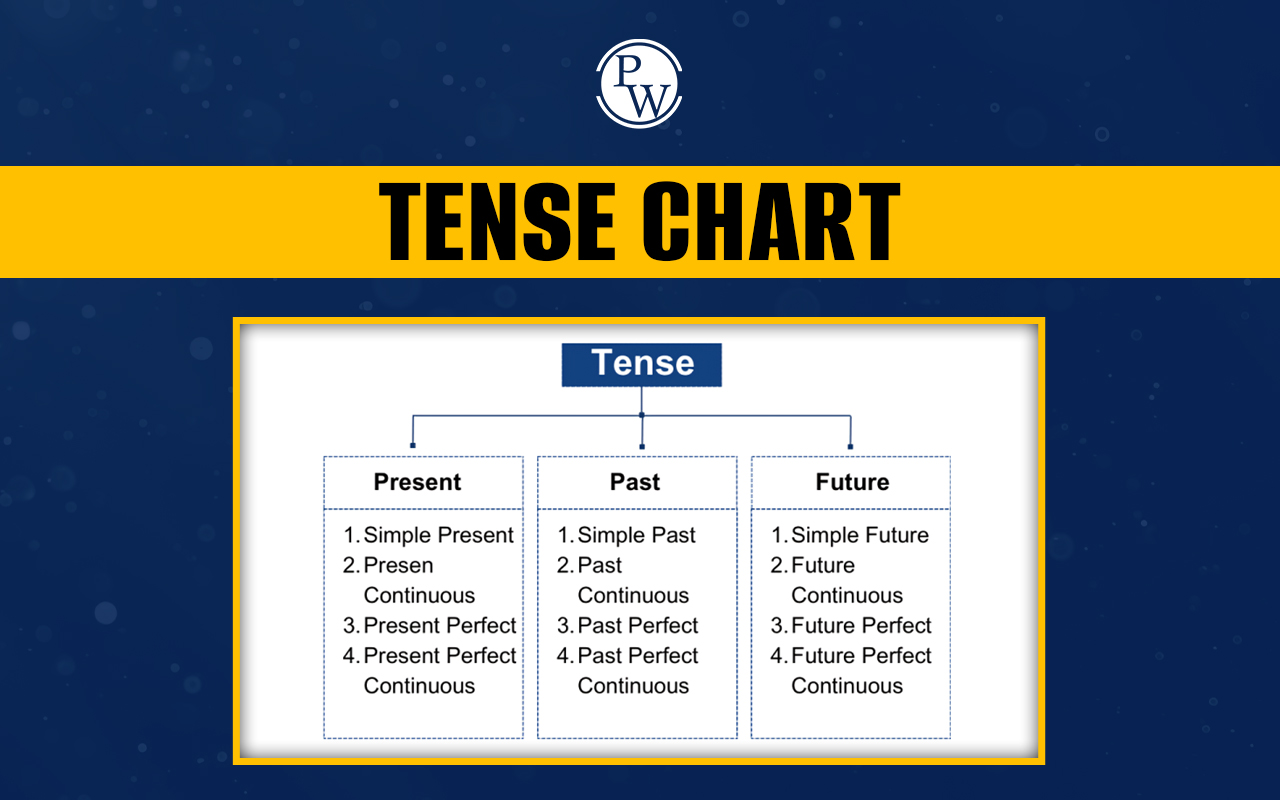

Roman numerals are a way of writing numbers using special letters like I, V, X, L, C, D, and M. A long time ago, the people of ancient Rome used these letters instead of the number digits we use today. These Roman Numerals helped them in counting, doing trade, keeping records, and even naming kings or marking years. Even now, we see them on clocks, in movies, books, and buildings.
CXX is one of the Roman numerals that can confuse many students. They often ask, what does CXX mean in Roman numerals? The answer is simple: CXX stands for the number 120. But how do we get this number from just three letters? To understand this properly, students need to know the value of each letter and how they are added.
Keep reading to learn the CXX in Roman numerals meaning, how it is formed, and some rules to remember it better.
Read More: LXXX Roman Numerals
What is CXX in Roman Numerals?
CXX in Roman numerals means the number 120. It is made by adding the values of each letter: C is 100 and X is 10. So when we write CXX, it becomes 100 + 10 + 10 = 120. Knowing what is CXX in roman numerals and how to read and write it is useful in many ways.
It helps students understand number systems better and also comes in handy while reading clocks, chapter numbers in books, or even dates written in Roman style. Learning CXX roman number also helps during exams and general knowledge quizzes where questions related to it usually appear.
Basic Rules for Roman Numerals CXX
To understand CXX in Roman numerals, it’s important to first learn the basic rules of how Roman numbers are written. The Roman number system is not like the number system we use every day. It follows some special rules. These rules help us know when to add, subtract, or repeat certain letters.
Let’s learn these rules one by one with examples. These will help students understand how Roman numerals CXX is formed and how other Roman numerals are written too.
-
Rule 1: Addition Method
-
When a bigger Roman letter comes first and a smaller one comes after it, we add their values. For example, in Roman numerals CXX, C (100) comes before X (10), and both Xs are smaller than C. So, we add the values like this: CXX = 100 + 10 + 10 = 120.
-
Rule 2: Repetition Method
-
Some Roman letters like I, X, and C, can be repeated up to three times to increase the number. For example, XX means 10 + 10 = 20. In CXX, the two Xs together give 20.
-
Rule 3: Subtraction Method
-
If a smaller letter comes before a bigger letter, we subtract. For example, XL = 50 - 10 = 40. But in CXX, there is no smaller letter before a bigger one, so we do not use subtraction here.
-
Rule 4: Limitation Rule
-
There are also some limits while writing Roman numerals. A letter like I, X, or C can be repeated up to three times only. But letters like V, L, and D cannot be repeated. So, 20 is written as XX, not as VVV, because V (5) cannot be repeated like that.
By remembering these simple rules, students can read and write CXX in Roman numerals correctly and also learn other Roman numerals with ease.
Read More: XXVII Roman Numerals
How to Write CXX in Roman Numerals?
There are two easy ways to understand how to write and read CXX in Roman numerals. These are called the Expansion Method and the Grouping Method. Both methods help students break down the Roman numeral into smaller parts, making it easier to understand and solve. Let’s look at both methods step by step.
1. Expansion Method
In the Expansion Method, we split the Roman numeral into individual letters, write their values, and then add them.
Steps to follow:
-
Step 1: Break the Roman numeral into parts: CXX = C + X + X
-
Step 2: Write the value of each Roman letter: C = 100, X = 10
-
Step 3: Add the values together: 100 + 10 + 10 = 120
So, using the expansion method, CXX = 120.
2. Grouping Method
The Grouping Method is also very simple. Here, we group the letters that belong together and then add their values.
Steps to follow:
-
Step 1: Group the Roman numerals: CXX becomes C (100) and XX (20).
-
Step 2: Add the groups together: 100 + 20 = 120
So, with the grouping method also, we find that the CXX Roman number means 120.
Both methods give the same answer. Students can use whichever method feels easier while reading or writing CXX in Roman numerals.
Read More: XXV Roman Numerals
Numbers Related to CXX Roman Number
Roman numerals may look different from the numbers we use every day, but they work in a similar way. Instead of digits like 1, 2, and 3, Roman numerals use letters like I, V, X, L, C, D, and M. By combining these letters in different ways, we can form many numbers.
As we learned, 120 is CXX in Roman numerals meaning. Now let’s explore some numbers that come right after cxx roman numbers and how they are written using Roman numerals. These are called numbers related to the CXX Roman number, and they are easy to understand once we know the value of each letter. Here are a few examples:
-
CXX = 100 + 20 = 120
-
CXXI = 100 + 20 + 1 = 121
-
CXXII = 100 + 20 + 2 = 122
-
CXXIII = 100 + 20 + 3 = 123
-
CXXIV = 100 + 20 + 4 = 124
-
CXXV = 100 + 20 + 5 = 125
-
CXXVI = 100 + 20 + 6 = 126
-
CXXVII = 100 + 20 + 7 = 127
-
CXXVIII = 100 + 20 + 8 = 128
-
CXXIX = 100 + 20 + 9 = 129
These examples help students learn how we can build new numbers by adding more Roman letters after CXX. It’s just like adding small numbers to 120 to get the next number in the list.
Read More: XXXVI Roman Numerals
CXX Roman Numerals: Common Mistakes & How to Avoid Them
While learning CXX Roman numerals, students may make a few small mistakes. These can happen because of confusion between the rules, forgetting number values, or placing letters in the wrong order. Let’s look at some common mistakes and how to avoid them easily.
Mistake 1: Repeating Symbols Too Many Times
Some Roman letters like I, X, and C, can be repeated, but only up to three times in a row. For example, writing the letter X four times to show the number 40 is incorrect. Instead, 40 should be written as XL. Also, remember that Roman letters like V, L, and D cannot be repeated at all.
Mistake 2: Wrong Use of Subtraction
Subtraction is used only when a smaller letter comes before a bigger one. For example, to show the number 4, we write IV, which means 5 minus 1. Some students wrongly write 49 as IL, but the correct way is XLIX, which means 40 plus 9.
Mistake 3: Incorrect Grouping of Letters
If Roman letters are not grouped properly, the number becomes wrong. For example, trying to write 20 as XVV is not correct. The correct way is to write 20 as XX, which means 10 plus 10.
Mistake 4: Mixing Up Similar Letters
Some Roman letters look similar and can confuse students. For example, the letter I can be confused with L, or X with V. It’s important to look closely and make sure the right letters are used in the correct order.
Mistake 5: Missing Some Values While Adding
Sometimes students forget to include all the parts when using the expansion or grouping method. For example, if a student writes XC for 120, it will be incorrect because XC means 90. To write 120 correctly, we must use CXX, which means 100 plus 10 plus 10.
Tip: The best way to avoid mistakes is to break the Roman numeral into small parts, check the value of each letter, and then add them carefully.
Read More: 15 Math Tricks to Make Learning Easy
CXX in Roman Numerals Examples with Solutions
Find out some examples to understand how to use the CXX Roman number in maths problems. These examples show how to add, subtract, multiply, and divide Roman numerals using CXX.
Example 1: Add CXX and XC.
Solution:
-
Convert to numbers: CXX = 120, XC = 90
-
Add the numbers: 120 + 90 = 210
-
210 in Roman numerals is CCX (CC = 200, X = 10).
So, CXX + XC = CCX
Example 2: Subtract XLV from CXX.
Solution:
-
Convert to numbers: CXX = 120, XLV = 45
-
Subtract: 120 - 45 = 75
-
75 in Roman numerals is LXXV (L = 50, XX = 20, V = 5)
So, CXX - XLV = LXXV.
Example 3: Multiply CXX by V.
-
Convert to numbers: CXX = 120, V = 5
-
Multiply: 120 × 5 = 600
-
600 in Roman numerals is DC (D = 500, C = 100).
So, CXX × V = DC
Example 4: Divide CXX by X.
Solution:
-
Convert to numbers: CXX = 120, X = 10
-
Divide: 120 ÷ 10 = 12
-
12 in Roman numerals is XII (X = 10, II = 2).
So, CXX ÷ X = XII
Build Your Child's Strong Calculation Skills With CuriousJr's Mental Maths Online Classes
Do you notice that your child often takes too long to solve simple math problems or makes silly mistakes while calculating? This could be due to weak mental calculation skills, which can impact his or her marks in school exams. But the good news is:
CuriousJr’s Mental Maths Online Classes are specially designed to help young minds build a strong number sense and improve their speed and accuracy.
These classes are fun and interactive and follow a two-teacher model that gives personal attention to each and every child. Through regular practice sessions, homework support, and progress tracking, children gain confidence in solving maths without using fingers or calculators.
Book a demo class now at just INR 99 to help your child become faster and sharper in maths.
CXX Roman Numerals FAQs
What is CXX in Roman numerals?
How do we write 120 in Roman numerals?
How to convert CXX Roman numerals to numbers?
Is CXX a prime number?













